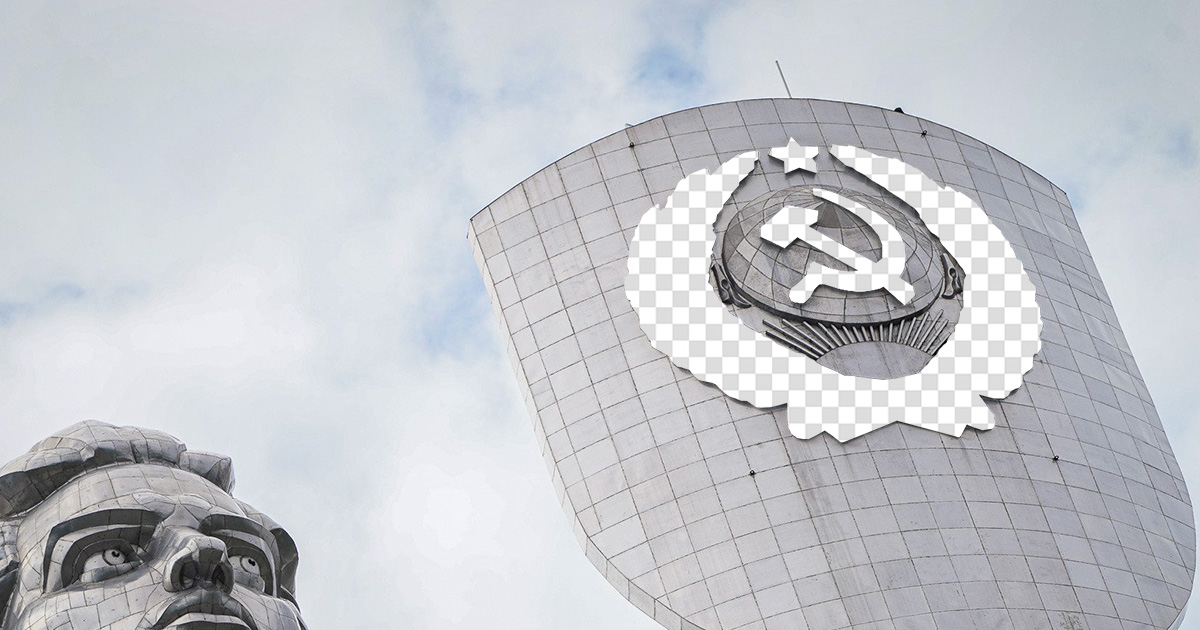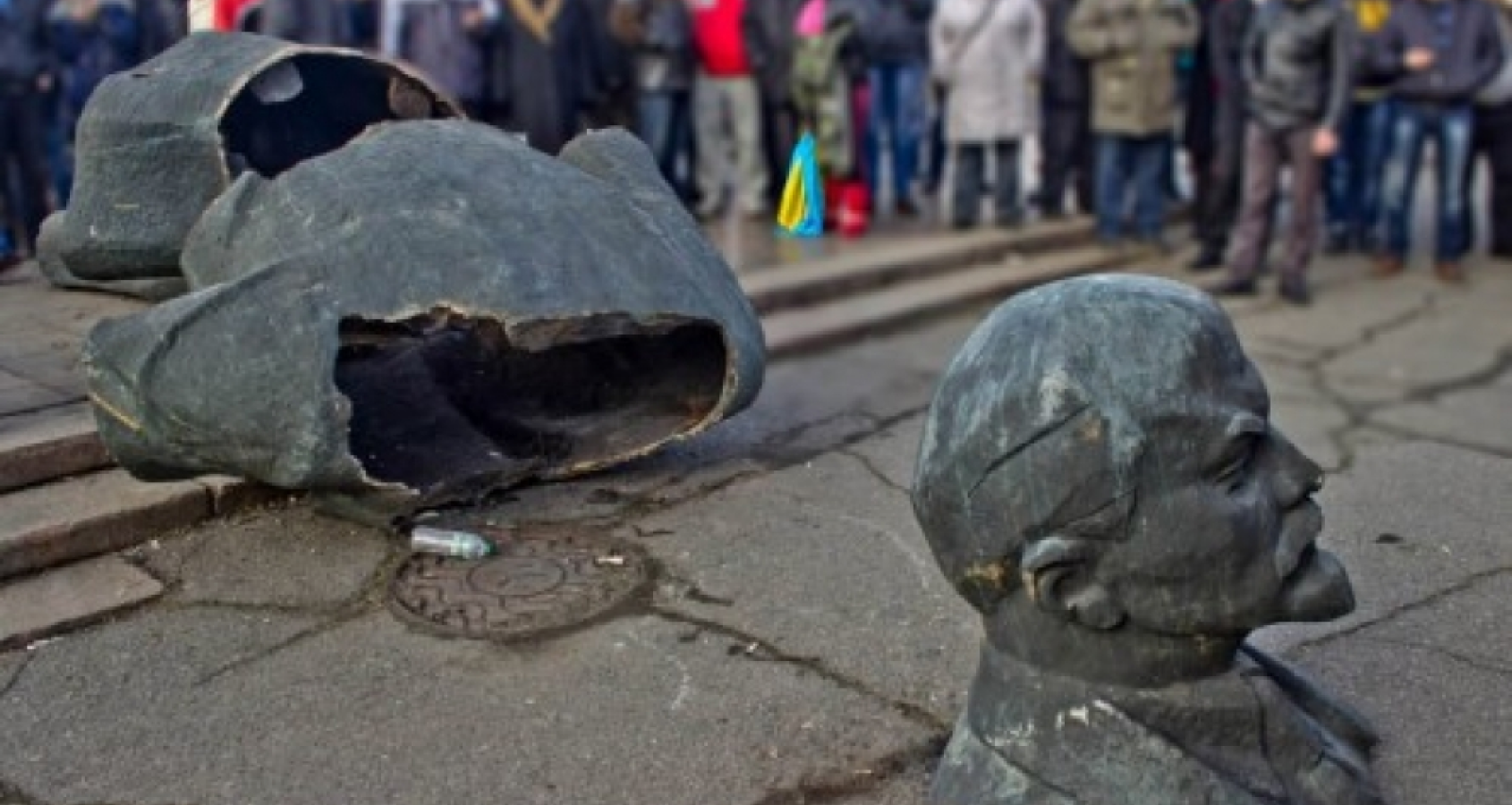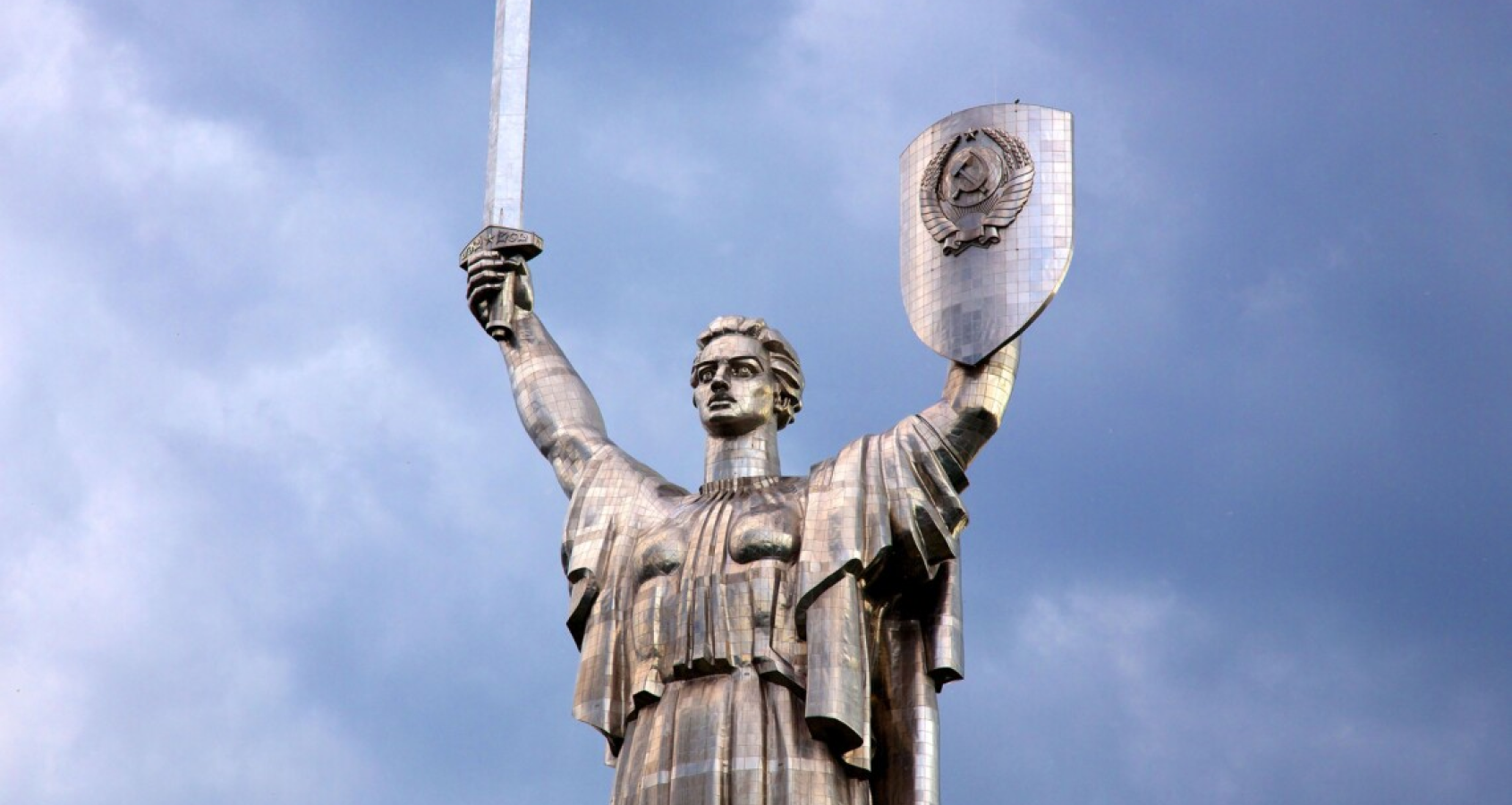Why is desovietization a correct policy?

In 2015 the Ukrainian parliament has passed a law «On condemnation of communist and Nazi totalitarian regimes in Ukraine and ban of the dissemination of their symbols». It is known as the desovietization law.
For the past seven years most Western media has been criticizing the law, saying it endangers Ukrainian democracy. Their judgements have not accounted for context. This had a tragic impact: when the Russian troops attacked Ukraine on February 24, it was far easier for the Russian propaganda and its European sympathizers to brand Ukraine as an “undemocratic country” which did not deserve any aid.
To clarify it, we will need to discuss the purpose and implementation of the desovietization.
What is desovietization?
It stands for a diverse set of policies that should do justice to those who suffered under the Communist regime. The party is to lose its unapologetically huge assets. Those responsible for repression and propaganda should be denied the right of office. The attempts to whitewash the Soviet crimes should be prosecuted.
This term was not coined in Ukraine. Most of the Eastern Europe underwent desovietization after the fall of the Soviet empire. Ukraine set out on it after the Revolution of Dignity.
«Germany after World War II experienced a salutary denazification process, and so it is necessary for Czechoslovakia to undergo a process of decommunization», argued Czech economist Pavel Šolc in 1992.
Desovietization in Ukraine: the law
The law banned the production and dissemination of Soviet symbols, it was regarded a criminal offense. Trademarks could not hold names of Soviet decision-makers. Settlements named after them or other Soviet entities should be renamed. Media could not disseminate any materials which whitewash Soviet crimes.
The law also gave exceptions. Soviet symbols could be used for education or other non-propaganda purposes. Those personas, who were affiliated with the party, but promoted Ukrainian culture or science were also exempt.

Desovietization in Ukraine: the origins
Most foreign observers don't tend to understand the sources of desovietization. It does not stem from the will of the legislators. Desovietization started long before any “undemocratic” law was passed. It has a democratic origin.
The first wave of Desovietization came in the early 90s, when the local councils started to change the names of streets and communities. For instance, in 1993, Kyiv city council renamed 16 major streets and squares. Prior to that, there had been a street named after Chekisty, Soviet secret operatives who were responsible for Red Terror in the early 20s.
Local politicians also ordered the dismantling of hundreds of Soviet statues which were present in almost every village. In western regions of Ukraine this process took a popular turn: people organized locally to remove the statues in their communities, with or without the council decision.
By 2014 it became clear that Russia wanted to recreate the past. It propagandized history, hoping to stoke pro-Russian sentiments among the Ukrainians. This is why Ukraine was forced to apply more strict measures combating the myths of «Soviet prosperity» and «Slavic brotherhood».
Desovietization in Ukraine: the implementation
It was only successful in those communities, where there was absolute support for it. Even some resistance often sufficed to revert the policy.
In Kharkiv, there was Zhukov avenue, named after Soviet World War II general Georgy Zhukov. He did not play any influential role in the decisive battle for Kharkiv. However, this general became the central element to the late Soviet and Russian propaganda accounts of the war.
In 2016, Kharkiv regional administration changed the name to Hryhorenko avenue, paying tribute to another Soviet WWII general Petro Hryhorenko who later became a dissident. In 2019, the city council, led by a pro-Russian mayor Hennadiy Kernes, renamed it back to Zhukov. Later that year a local court struck down this decision. In 2020, the council once again renamed the street. The court fired back, soon after Kernes' death from Covid, causing a rift among the pro-Russian politicians. The avenue still bears the name of Hryhorenko.

Desovietization and the full-scale invasion
Ukrainian desovietization never was a violent break with the past. For the most part, the results of this policy were limited and contested.
Nevertheless, Putin cited desovietization among the «reasons» to launch the full-scale invasion. Ukrainian attempts to shed light on the wrongdoings of the Soviet empire challenge the authority of the Russian dictator whose legitimacy is based on a version of Russian history.
Ukraine’s desovietization is not an attempt to completely erase everything Soviet. Instead, desovietization is a policy to reassess beliefs about the past, which were shaped by Soviet and Russian propaganda.


